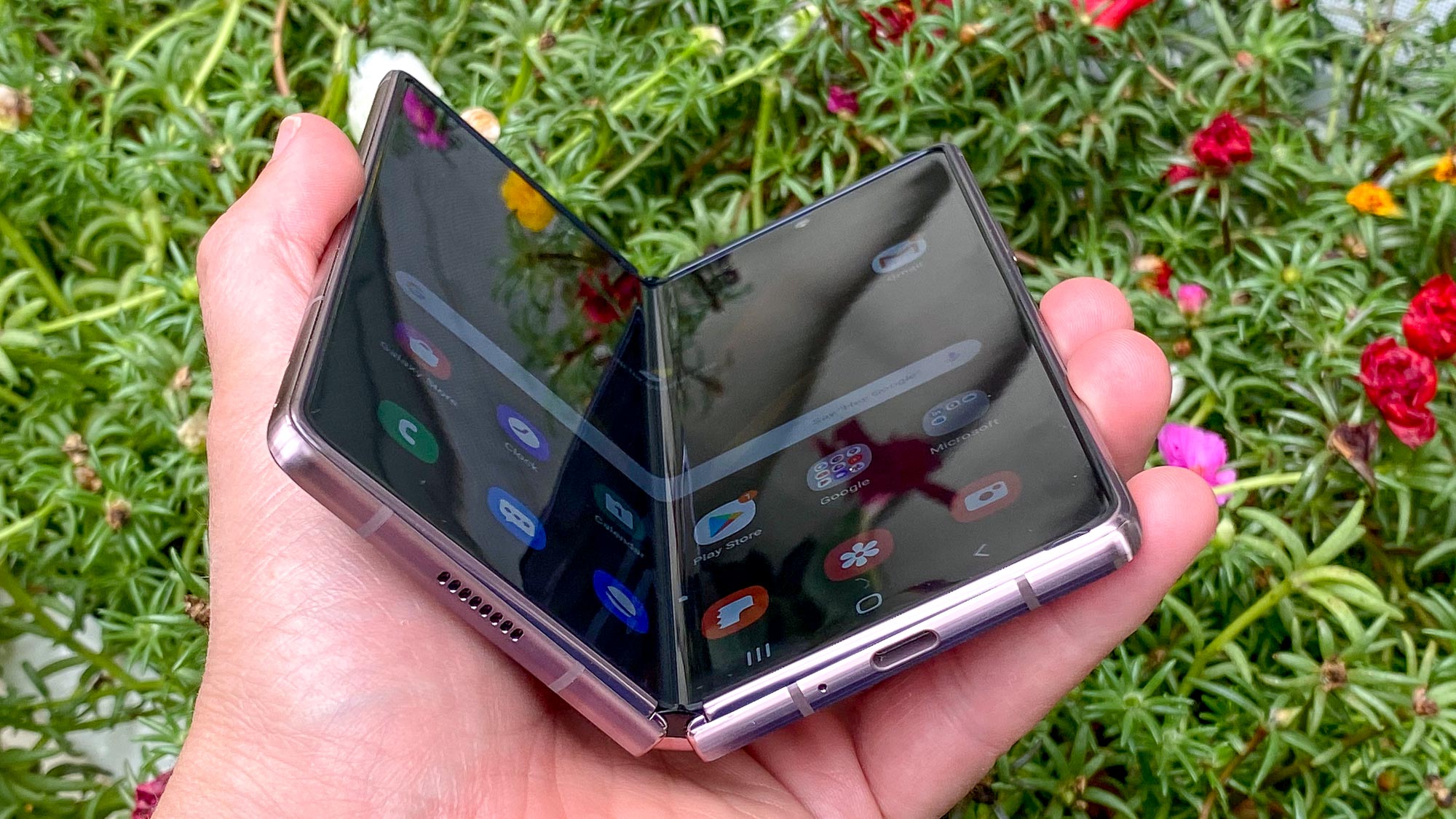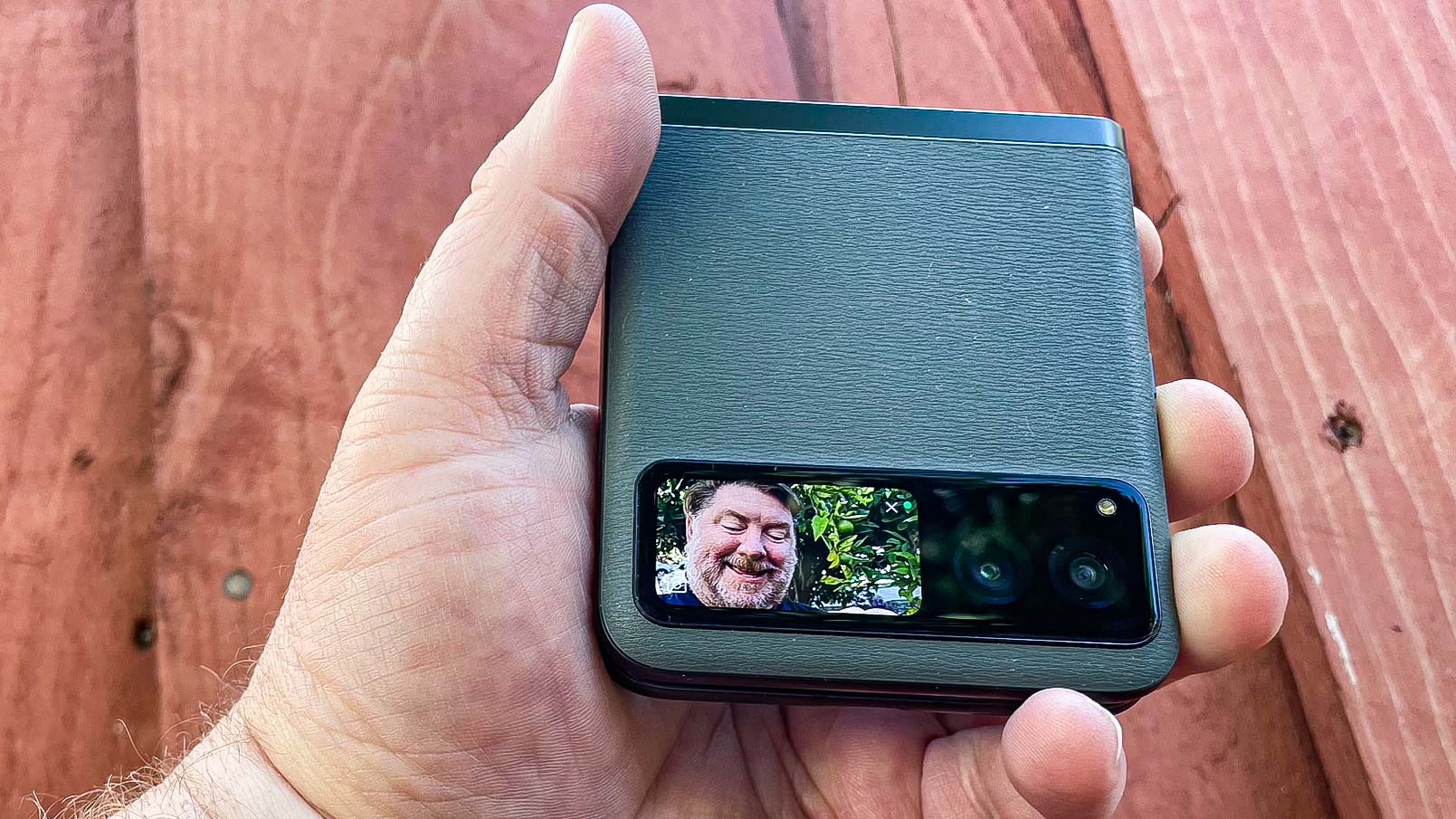
One trend I was happy to see in 2023 was that we saw many more foldable phones than any year before. This surge also led to prices falling in a big way, so much so that flip phone-style foldables were being offered well below the industry average of $1,000. But this year, we could even see bigger price cuts that could force consumers to forget about pricey flagship phones.
In fact, I think it could also make people rethink buying popular mid-range phones like the Pixel 7a, Galaxy A54, and iPhone SE (2022). That’s because this could be the year we get a sub-$500 foldable phone. I’m referring to brand new models, not a last year model that’s getting a discount because of a holiday sale going on.
Today’s best phones prove that it’s only getting more expensive to own a flagship, while giving phone makers reason to jack up the price on their top-of-the-line models. Last year was arguably a banner year for foldable phones, so I expect their reach to broaden even more with the help of sub-$500 foldable phones. Here’s why.
Manufacturing process got better

Due to all the components required to make foldable phones, they often incur higher costs than their slate counterparts. Now that more companies are on their third or fourth generations models, the manufacturing process has gotten better — lessening the lead time needed to develop newer models.
We’ve seen how there’s been significant year-over-year gains in how they’re made. Take for instance how nearly all of the recent foldable phones now have gapless hinge designs, where the two sides of a foldable display are flush against each other when they’re folded. These improvements all lend to keeping production costs lower.
These manufacturing techniques get trickled down, so even newcomers in the space designing their first foldable phones benefit from this. The OnePlus Open is a perfect example of this because for a first generation foldable, OnePlus manages to design a foldable that’s thinner, lighter, and more stylish than any of its contemporaries — while also undercutting its main rivals on price.
More companies making them

Another way to drive prices lower is to have more competition. Gone are the days of Samsung and Motorola being the only real players in the market. Last year, we saw Google and OnePlus come out with their first foldable phones — and with great acclaim from critics and users. In holding out longer, we saw how the Pixel Fold and OnePlus Open managed to steal the thunder from the Galaxy Z Fold 5.
Some of the more established overseas phone makers out there, like Oppo, Honor, Huawei, and Xiaomi, have all been in the mix for some time as well, but other less known names like Tenco, Infinix, and Nubia are also in the business of making foldable phones. The recent release of the Nubia Flip 5G breaks down the price barrier for foldable phones with its $500 out of pocket cost, beating out the previous record holder held by the $599 Motorola Razr (2023).
I suspect even more companies will soon release their first foldable phones. Asus, TCL, and Poco are just some of the other names that could help in making prices more competitive, given how they’ve often steered their focus on mid-range phones more than flagship ones.
One name that’s shockingly absent is Apple. While iPhone Flip rumors have long been around, it looks like it’s less likely for a release this year. Furthermore, I highly doubt Apple’s looking to release a budget foldable phone.
Necessary compromises drive lower prices

Notebook style foldables such as the Galaxy Z Fold 5 and OnePlus Open justify their pricey costs by their sizes and features, but cheaper foldable phones could still pack a good punch to sway people from choosing flagship phones.
For example, it’s super rare for a flip phone-style foldable phone to pack a telephoto camera — but as we’ve seen from phones that effectively use pixel binning techniques, their main cameras can often deliver optical-like quality. I’ve seen this firsthand with the iPhone 15, which delivers a usable 2x zoom to get me closer to subjects. This all means that a sub-$500 foldable phone could still deliver excellent results with its cameras.
Another way to help lower their cost to get them under $500 would be having trade-offs, namely lower resolution displays, side mounted fingerprint scanners instead of an under-display ones, and smaller batteries. These are all obvious, but foldable phones still have greater utility than standard slate phones since much of its differences are largely in how they’re used for certain tasks.
For example, it’s much easier to capture selfies with the main camera on a flip phone-style foldable along with vlogging. At the same time, some apps have already been optimized to make use of this form factor — like how the YouTube and camera apps are optimized for split mode.
The reputation of foldable phones being expensive is slowly dissipating, more so when you look at what’s come to market in the last year alone. People may still shell out thousands for a flagship phone, but given the extra utility of foldable phones and how they’re becoming more affordable, they may be lured into getting them more.
Why buy an iPhone 15 or Samsung Galaxy S24 when you can perhaps get similar camera and battery performances in a foldable? And perhaps for maybe much less coming soon?







